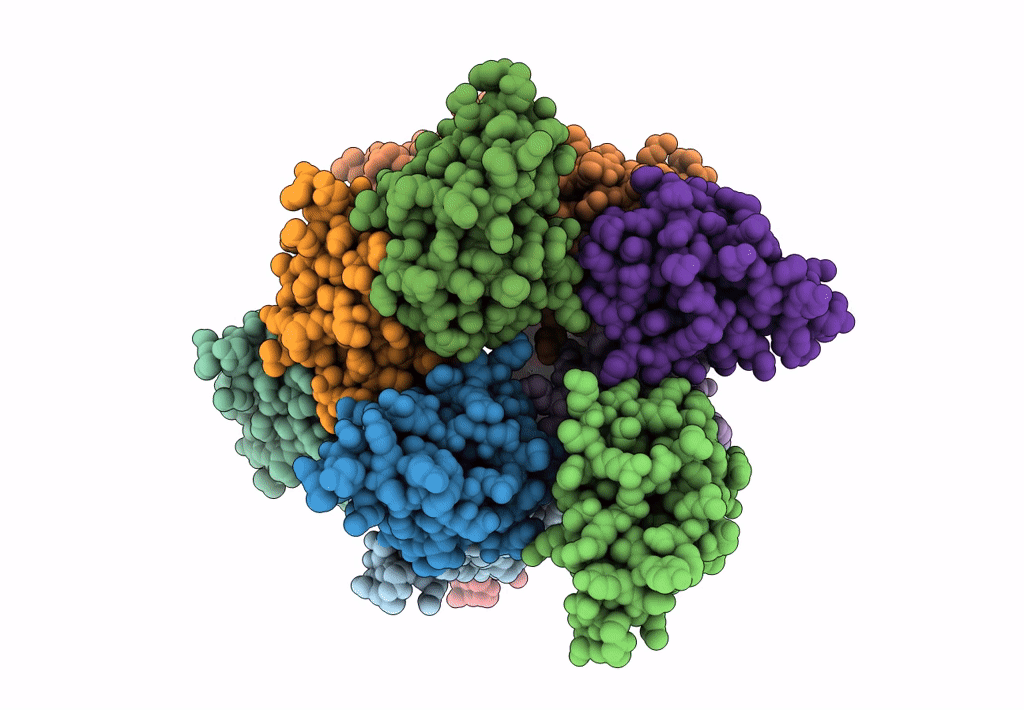
Deposition Date
2019-06-15
Release Date
2020-09-16
Last Version Date
2024-03-27
Method Details:
Experimental Method:
Resolution:
3.70 Å
Aggregation State:
FILAMENT
Reconstruction Method:
HELICAL


